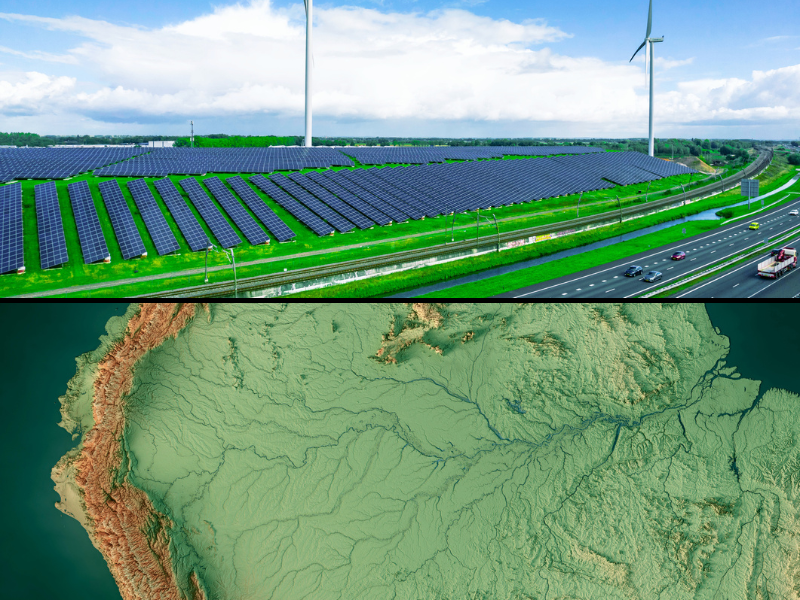Over the past several years, more than 150 coal-fired power plants have closed their doors due to competition from low natural-gas prices and federal policies designed to limit carbon-dioxide emissions from power plants. Several more coal-fired power plants have recently announced they will be retired before the end of their useful lives. These closures will drive up the cost of electricity for ratepayers and businesses without providing any tangible environmental benefits.
Advocates for wind, solar, and natural-gas electricity systems have used the Energy Information Administration’s estimates of the Levelized Cost of Electricity (LCOE) to argue these sources of energy are less expensive than coal-fired power plants. However, these figures are misleading, because LCOE only considers the cost of generating electricity from new power plants. EIA’s figures do not consider the fact that existing coal-fired power plants, on average, generate electricity for half the price of the energy produced by new natural-gas plants and approximately three times less than wind power.
Existing coal-fired power plants can produce electricity at a lower cost than new power sources because they have already paid off a good deal or all of the up-front capital costs needed to construct and operate them. As a result, retiring working coal-fired power plants before the end of their useful life is condemning a house after the mortgage has been paid off and forcing someone to buy a brand-new house and start the process all over again. It simply doesn’t make any rational economic sense.
Shuttering working coal-fired plants does not make any rational environmental sense, either. Many of the coal plants announcing their premature retirements are doing so in response to regulations limiting the amount of carbon dioxide that can be released by power plants under President Obama’s Clean Power Plan (CPP).
The purpose of creating the CPP was to reduce carbon dioxide emissions from existing power plants by nearly one-third below 2005 levels by 2030. CPP would have cost tens of billions of dollars per year to implement, and it would have driven up the cost of electricity in most of the country. And what would Americans have received in return? Obama’s own Environmental Protection Agency (EPA) predicted CPP regulations would have only averted 0.018 degrees Celsius of warming by 2100. That is an amount too low to be accurately measured with even the most sophisticated scientific equipment.
In short, CPP was all pain for no gain, so Trump was correct to instruct EPA to begin the process of revising–or possibly rescinding–the rules. However, simply rescinding CPP will not be enough. The Trump administration must also look to revise or rescind the Obama administration’s endangerment finding, which is based upon climate models that have predicted two to three times more global warming than has actually been observed by satellites and weather balloons.
If the endangerment finding is not properly vacated, it will ensure massive litigation from the Sierra Club and others who will continue their efforts to prematurely close coal plants.
Forcing the premature retirement of coal-fired power plants will not save the planet; it will only impose hardships on low-income families and senior citizens living on fixed income, especially in Midwestern states such as Ohio, where coal is the single most important source of electricity. Coal provided 59 percent of the electricity generated in Buckeye State in 2015, and shuttering these plants will increase costs on Ohio families and manufacturing businesses that rely on affordable energy.
[Originally Published at the Cleveland Sun]






